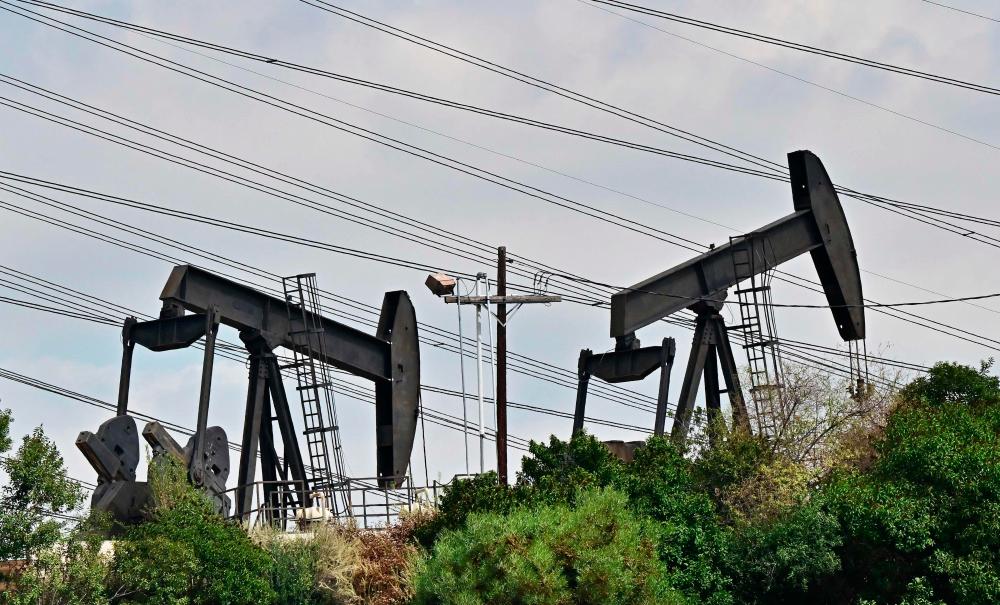NEW YORK: Oil prices rose to 10-month highs on Tuesday (Sept 19) before easing, as investors took profits following three sessions of gains that followed extended production cuts from Saudi Arabia and Russia.
Global benchmark Brent crude futures settled 9 cents lower at US$94.34 (RM443.06) a barrel. Earlier, it hit a session peak of US$95.96 a barrel, their highest since November.
US West Texas Intermediate crude futures dropped 28 cents to US$91.20 (RM428.32) after earlier reaching US$93.74 a barrel, also the highest since November.
After Brent topped US$95 a barrel on Tuesday, investment bank UBS said in a note it started taking profits. Still, strategists there expect Brent to trade in a range of US$90-US100 per barrel over the coming months, with a year-end target of US$95 per barrel.
Feeding supply concerns, Opec+ members Saudi Arabia and Russia this month extended combined supply cuts of 1.3 million barrels per day (bpd) to the end of the year.
Russia's government is considering imposing export duties on all types of oil products of US$250 per metric ton – much higher than current fees – from Oct 1 until June 2024 to tackle fuel shortages, sources told Reuters on Tuesday.
Further, US oil output from top shale-producing regions is on track to fall to 9.393 million bpd in October, the lowest since May 2023, the US Energy Information Administration said on Monday. That would be a third consecutive monthly fall.
Industry data on Tuesday showed US crude oil stockpiles fell last week by about 5.25 million barrels, according to market sources citing American Petroleum Institute figures on Tuesday. Analysts had expected a 2.7-million-barrel decline
US government data on inventories is due on Wednesday.
There are some demand uncertainties that could weigh on the market.
On Monday, Saudi Aramco CEO Amin Nasser lowered the company's long-term outlook for global demand to 110 million bpd by 2030 from a previous estimate of 125 million bpd.
Saudi energy minister Prince Abdulaziz bin Salman defended Opec+ supply cuts, saying international energy markets need light regulation to limit volatility, while warning of uncertainty over Chinese demand, European growth and central bank measures to tackle inflation.
Interest rate decisions are due this week from the central banks of the US, Britain, Japan, Sweden, Switzerland and Norway.
The US central bank is expected to hold benchmark interest rates at the current 5.25%-5.50% range on Wednesday, as core inflation crawls toward the Fed's 2% target. – Reuters









